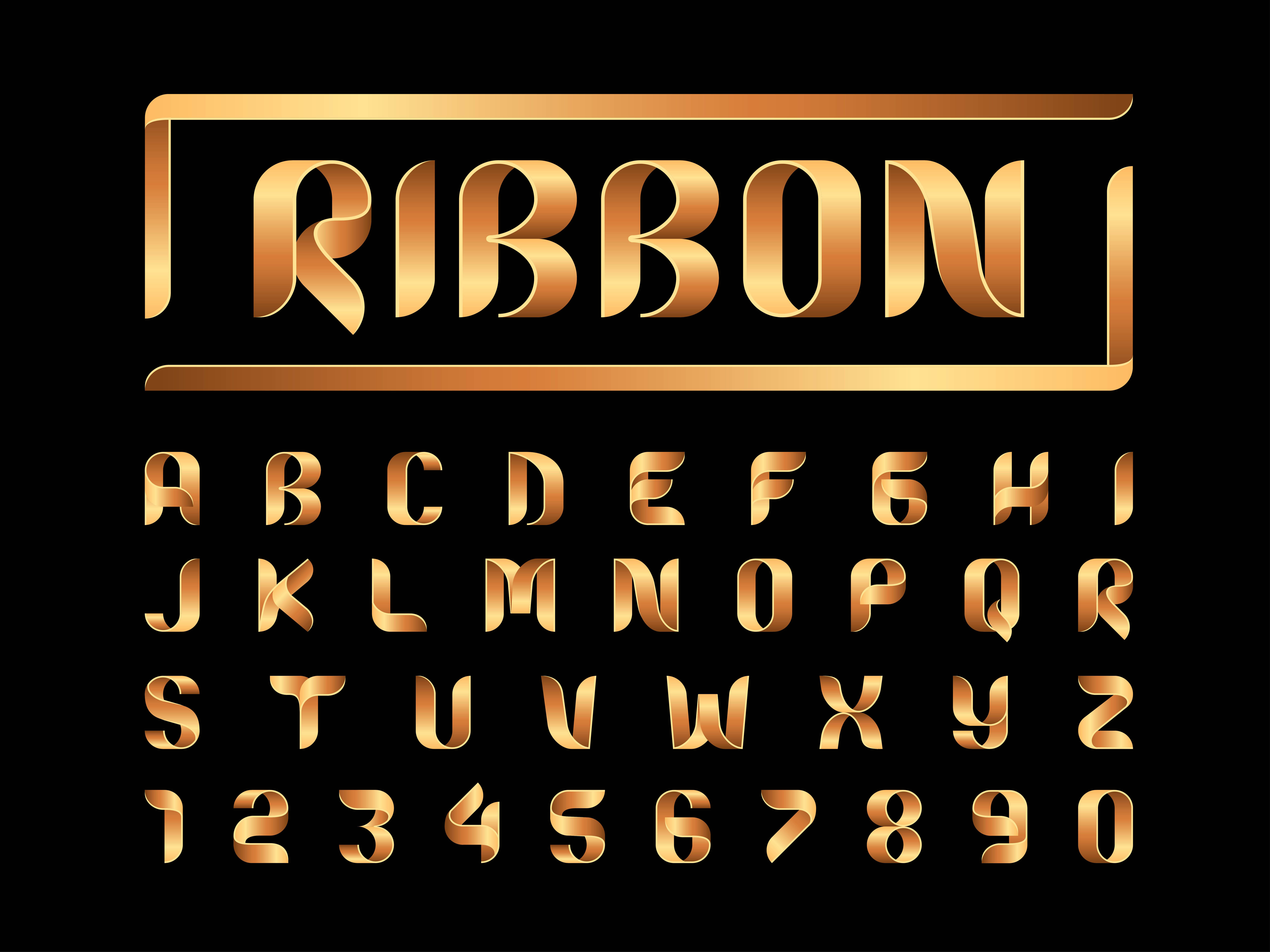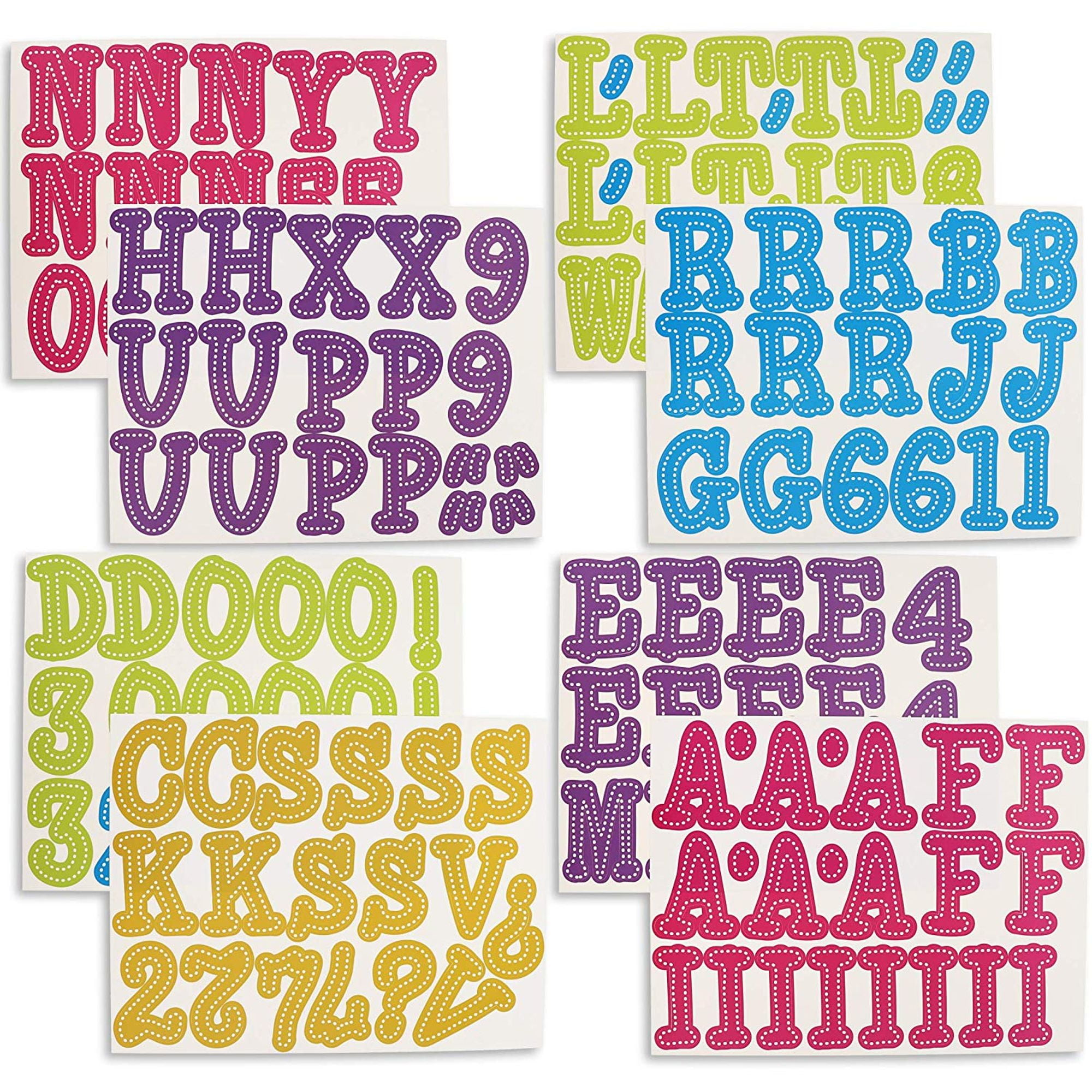

Roman numerals are essentially known as uppercase letters: I, V, X, L, C, D and M. The Arabic numerals are widely known and widely used in many languages, including English. Therefore, the number III represents three and the number MM represents two thousand.Ī macron multiplies the value of a group of letters by one thousand. The numerical values of the symbols I, X, C and M are added if written up to three times together. By extension, XCIX represents ninety nine. Therefore, IX represents nine, XC represents ninety and CM represents nine hundred. When there are two letters together, each of them are worth powers of ten and the second letter is worth ten times the first, the value of this group is equal to the second letter subtracted by the first letter. The whole combination represents a number. A combination is made of smaller groups of letters, each group in increasing order from right to left. It is possible to represent numbers different from these, through combinations of letters, such as XIII, MMMCCV and MCMXCIX.

There is no symbol to represent a null quantity. They are, in this order, from lower to higher: I, V, X, L, C, D and M.Įach said symbol represents a different number, in this order: one, five, ten, fifty, one hundred, five hundred and one thousand.

The modern Russian alphabet consists of 33 letters: 10 vowels, 21 consonants, and 2 signs (ь, ъ).The modern Japanese writing system uses a mixture of three alphabets but is similarly impossible to count them all.

However, the number of useful characters is between 3,000 to 6,000. There are more than 100,000 Chinese characters, and it is almost impossible to count them.The Modern Greek alphabet has 24 letters, ordering from alpha to omega.The Hebrew language is known as square script, blocks script, or Jewish scrip and has 22 letters.The Italian language uses a variant of the Latin alphabet comprising 21 letters.The French alphabet has 26 letters since it’s based on the Latin alphabet.The Spanish language has 27 letters in total.Germans use the same 26 letters that English uses despite some pronunciation and formatting differences.English is one of the widely spoken languages worldwide, with over 1.5 billion speakers. These letters can be both in uppercase and lowercase.Letters of Alphabet Numbered Letter Number The English Alphabet (or Modern English Alphabet) today consists of 26 letters: 23 of 29 from Old English and 3 added later.Until 1835, the English Alphabet consisted of 27 letters: right after “Z” the 27th letter of the alphabet was ampersand (&).6 letters have been dropped from the Old English alphabet:: & ⁊ Ƿ Þ Ð Æ.J and U were added in the 16th century, while W assumed the status of an independent letter. 3 letters have been added from Old English: J, U, and W.23 letters (A B C D E F G H I K L M N O P Q R S T V X Y Z) are the first 23 letters of the 29 original Old English Alphabet.The alphabet word is a compound of the first two letters of the Greek alphabet are alpha and beta. English alphabet is begun around the 7th century from Latin script.


 0 kommentar(er)
0 kommentar(er)
